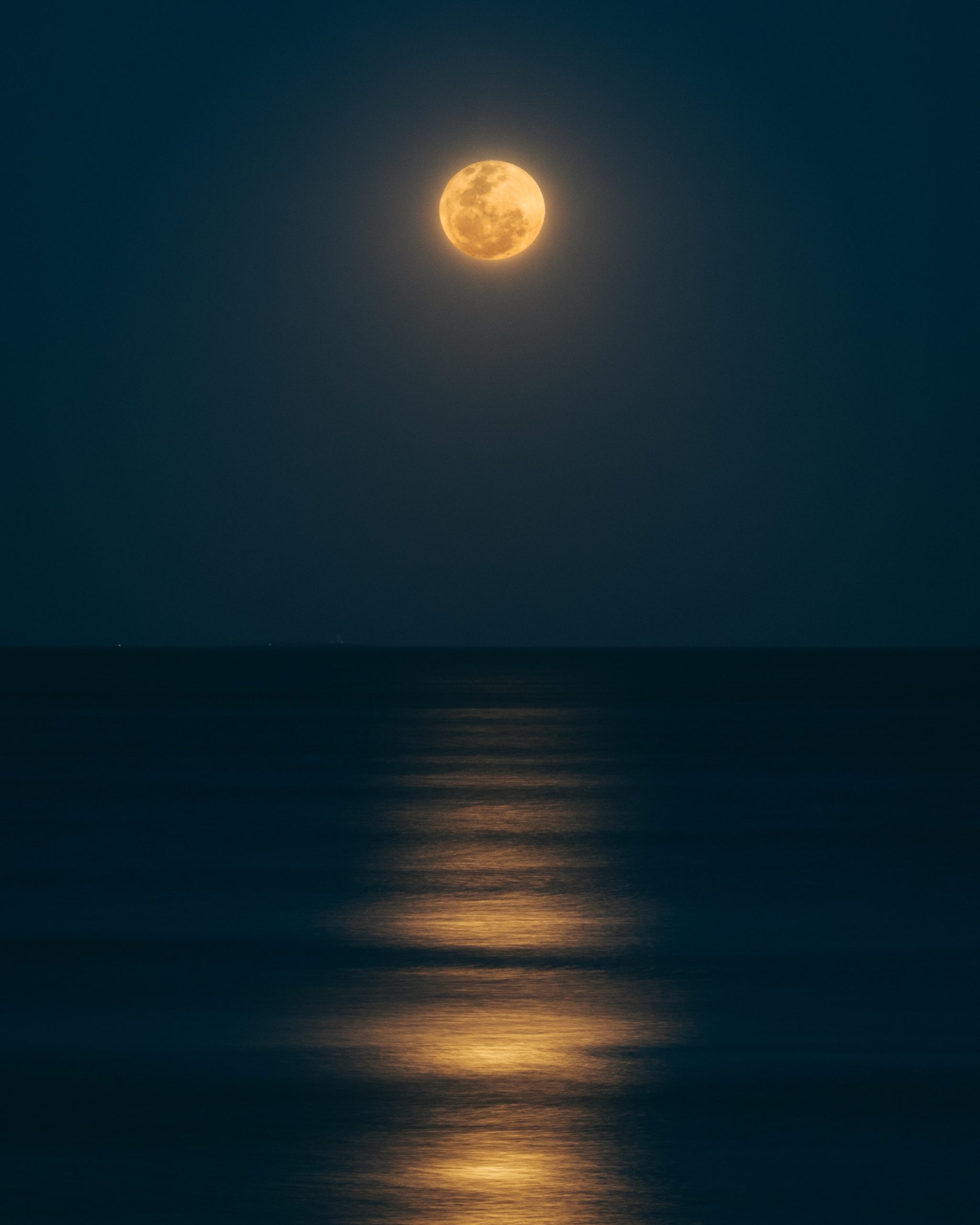The Third Quarter Moon Diagram: Explained and Analyzed in Detail

When it comes to understanding the different phases of the moon, the third quarter moon often captures our curiosity. This intermediate phase, also known as the last quarter moon, presents a unique appearance in the night sky. In this blog post, we will explore the third quarter moon diagram, breaking down its features and shedding light on the science behind this remarkable lunar phase.
What is the Third Quarter Moon?
The third quarter moon is one of the eight phases of the lunar cycle. It occurs roughly three weeks after the new moon phase. During this phase, the moon appears as a half-circle, with the left half illuminated while the right half remains in darkness. It is called the third quarter moon because it marks the final quarter of the lunar month.
Understanding the Third Quarter Moon Diagram
The third quarter moon diagram is a graphical representation that helps us visualize the specific position and orientation of the moon during this phase. The diagram typically consists of the moon represented as a circle, divided into two sections: the illuminated side and the dark side.
Here is an example of a third quarter moon diagram:

The key elements of the diagram include:
- Moon: The main circular shape represents the moon itself. It is usually clear and outlined for easy identification.
- Half-circle Line: This line divides the moon into two equal sections, representing the illuminated and dark sides.
- Shading: On the left side of the diagram, the illuminated portion of the moon is shaded to depict its brightness and visibility at this phase. The right side is left blank to indicate darkness.
- Labels: Some diagrams include labels to indicate the different lunar phases, dates, and other relevant information.
By closely examining the diagram and its components, we gain a better understanding of the third quarter moon’s appearance and its relationship to other lunar phases.
The Science Behind the Third Quarter Moon
To comprehend the third quarter moon in more depth, it is helpful to delve into the scientific principles governing its formation and visibility.
The phases of the moon occur due to the interplay between the positions of the sun, earth, and moon. During a third quarter moon, the sun, Earth, and moon form a right angle, with the Earth positioned between the sun and the moon.
This positioning results in the sun’s rays illuminating the left side of the moon, which gives it the appearance of a half-circle, as depicted in the diagram. The right side remains in darkness, as it is shielded from the sun’s illumination by the moon itself.
As the moon orbits the Earth, we observe different phases depending on the moon’s position relative to the Earth and the sun. During the third quarter moon, we can witness this unique configuration that showcases the contrast between the illuminated and dark sides of the moon.
Significance of the Third Quarter Moon
The third quarter moon holds its significance in various areas:
- Astronomy: Understanding the third quarter moon is essential for astronomers and stargazers alike. It provides valuable insights into the state of the lunar cycle and allows for accurate lunar mapping and observations.
- Agriculture: Traditionally, the different lunar phases, including the third quarter moon, have been connected with agricultural activities. Farmers often refer to these phases when planning their planting and harvesting schedules.
- Mythology and Culture: Many cultures and mythologies have attributed symbolic meanings to the moon, including the third quarter phase. Exploring these beliefs and practices can offer fascinating insights into the diverse ways humans have interacted with lunar phenomena.
Conclusion
The third quarter moon diagram provides us with a visual representation of the unique characteristics of this lunar phase. By understanding the scientific principles behind the third quarter moon, we can appreciate its place in the lunar cycle and its significance in various fields. Whether you are an astronomy enthusiast, a farmer, or simply someone intrigued by our celestial companion, exploring the third quarter moon deepens our connection with the enigmatic wonders of the night sky.
Table of Contents
